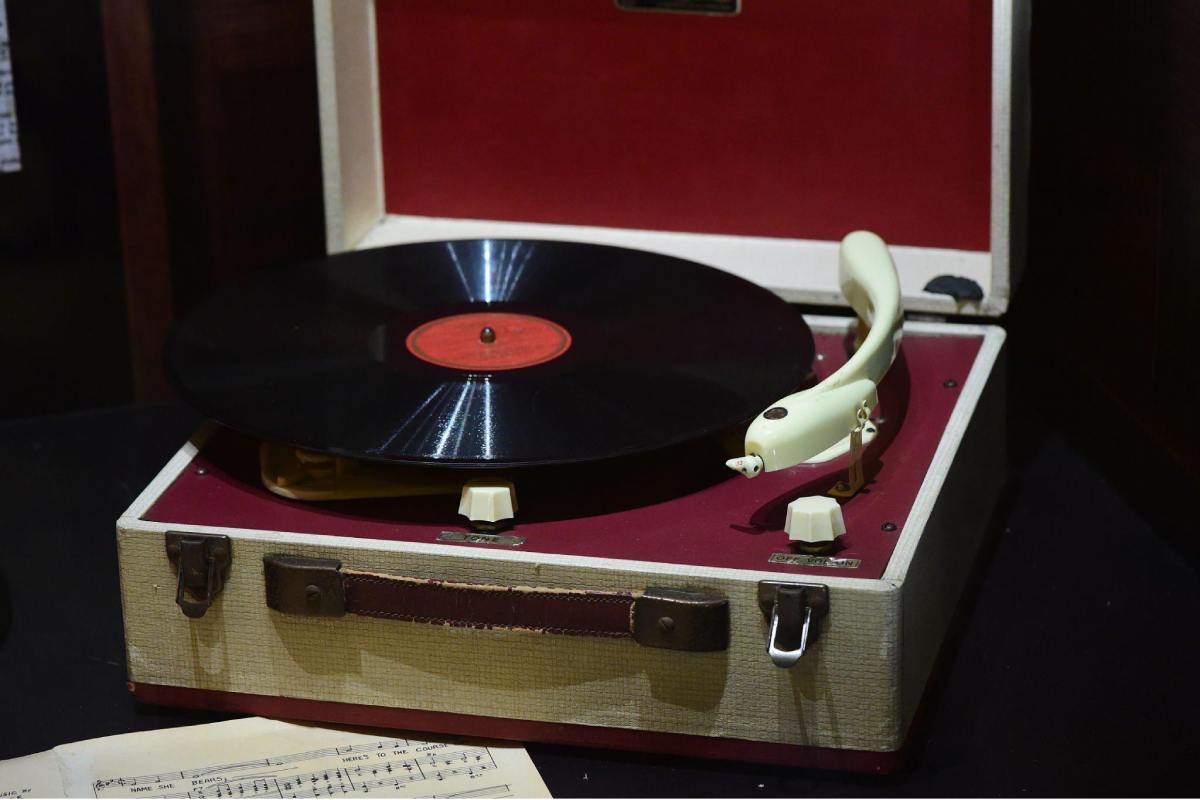In an era where digital technology reigns supreme, much like the seamless, instant access of digital book of dead slots, it’s a curious phenomenon to witness the resurgence of vinyl records, a format that many once considered obsolete. This revival, often termed the “Vinyl Renaissance,” has seen record sales soaring to heights not witnessed since the 1980s. From audiophiles to casual listeners, the allure of analog is drawing in a diverse crowd. But what exactly is fueling this resurgence? Is it merely nostalgia, or is there something inherently special about vinyl that digital formats can’t replicate? This article delves deep into the vinyl renaissance, exploring the multifaceted reasons behind the analog comeback in our predominantly digital world.
Table of Contents
The Tangibility and Ritual:
One of the fundamental reasons vinyl has made a remarkable comeback is the tangible experience it offers. In a digital age where music is often consumed in a disembodied form—streamed from the cloud or stored in devices—vinyl records provide a physical connection to the music. The act of flipping through a collection, pulling out a record, and placing the needle on the groove is a ritual that involves multiple senses. It’s an experience that requires active participation, fostering a deeper connection between the listener and the music. The large-format album art, liner notes, and sometimes even included posters or booklets provide a visual and tactile dimension that digital formats struggle to match.
Sound Quality and Warmth:
Audiophiles often laud vinyl for its superior sound quality, characterized by a warmth and richness that digital recordings can lack. While digital music is known for its clarity and precision, some argue that it can feel sterile or soulless in comparison to analog recordings. Vinyl enthusiasts claim that the analog format captures the full range of sound, including its imperfections, which adds character and life to the music. The physical medium of vinyl, with its grooves and needle interaction, creates a unique sound profile that many listeners find more immersive and emotionally resonant.
Collectibility and Limited Editions:
Vinyl records have become collectible items, with enthusiasts seeking out rare pressings, limited editions, and unique colored vinyl. The market for vintage records has also exploded, with collectors willing to pay premium prices for original pressings from iconic artists. This collectibility aspect adds a layer of exclusivity and personalization to one’s music library that digital formats cannot replicate. Record stores have become cultural hubs, offering a sense of community and discovery that digital platforms lack.
Nostalgia and the Retro Appeal:
Nostalgia plays a significant role in the vinyl renaissance. For many, vinyl records evoke memories of a bygone era, whether it’s reminiscing about flipping through parents’ collections or recalling the golden age of record stores. This retro appeal has transcended generational boundaries, with younger listeners drawn to the novelty of vinyl as a counterpoint to their digital-native experiences. So the act of playing a record offers a break from the fast-paced, algorithm-driven digital world, allowing listeners to slow down and fully immerse themselves in an album from start to finish.
The Artist and Listener Connection:
Many artists have embraced vinyl as a way to forge a stronger connection with their audience. Vinyl releases often come with additional artwork, lyrics, and notes from the artist, offering a more comprehensive experience of their creative vision. Therefore some musicians prefer the analog format for its sound qualities, insisting their music be heard as originally intended. Furthermore, vinyl releases can provide a more lucrative revenue stream for artists compared to streaming services, which can be a significant consideration in an industry where digital royalties are often criticized for being insufficient.
Sound Preservation and Archival Quality:
Vinyl records are seen by many as a means of preserving sound in its purest form. Unlike digital formats, which can suffer from data compression, analog recordings maintain the full audio spectrum as it was captured. This archival quality is important not only for audiophiles but also for historians and preservationists who seek to maintain the integrity of historical recordings. Vinyl provides a medium that, when properly cared for, can last for decades and be passed down through generations, preserving the cultural legacy of music.

